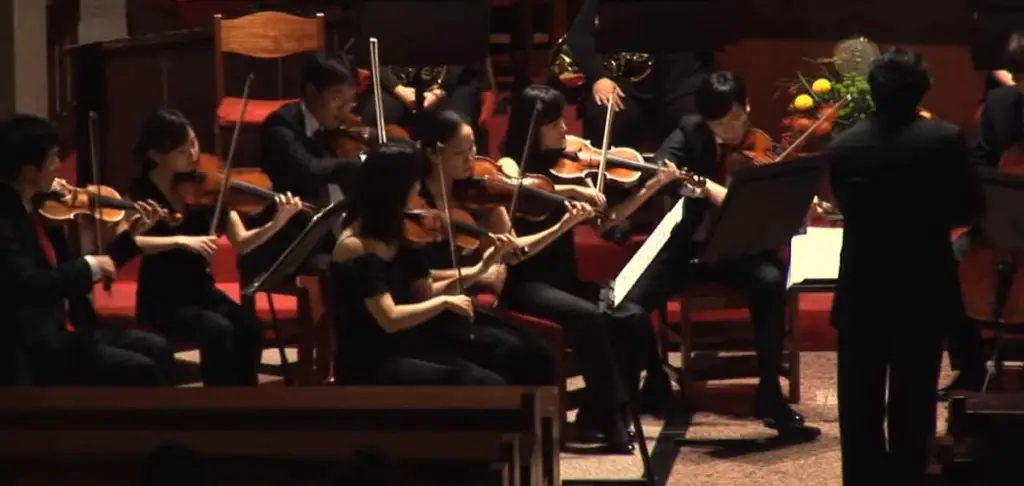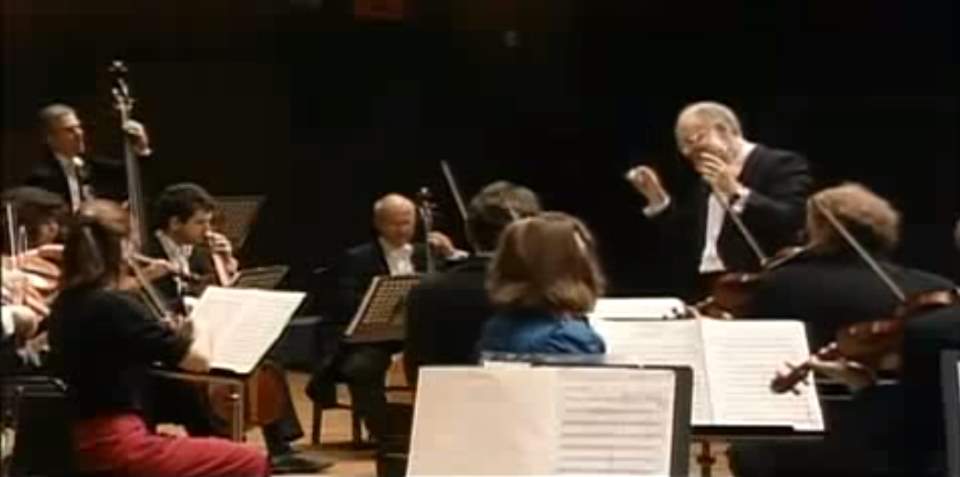Conducted by Horst Sohm, the French Chamber Orchestra (Orchestre de Chambre Français) performs Wolfgang Amadeus Mozart’s Symphony No. 4 in D major, K. 19. Mozart composed this symphony in London when he was only 9 years old, during his family’s Grand Tour of Europe in 1765. Recorded during the Festival L’Escala 2015.
Performers
- Violins: Irma Huvet, Christian Raverdel, Catherine Bastien, Marta Garcia Patos
- Dan Danilescu, Cristine Massetti, Julien Bezias
- Violas: Florence Guenet, Agahte Hemmo,
- Violoncellos: Julie Gross, Pilar Rueda Rodriguez
- C. Basso: Noelia Grau Marmol
- Oboe: Pauline Malbaux, Mariano Esteban
- Horn/trompa: Marc Garcia Anguera, Daniel Floria Lopez
- Horst Sohm (Director/Conductor)
Mozart’s Symphony No. 4
The work is scored for two oboes, two horns, and strings. There are three movements in the typical fast-slow-fast configuration. It was the standard structure in the early classical music era in which the child Mozart wrote.
- Allegro, D major (Common time), 78 bars
- Andante, G major, 2/4, 45 bars
- Presto, D major, 3/8, 106 bars
Sources
- Symphony No. 4 (Mozart) on Wikipedia
- Pavarotti sings Pourquoi me réveiller [Massenet] at the Central Park in 1993 - April 23, 2024
- Elgar: Serenade for Strings [Concertgebouw Chamber Orchestra] - April 19, 2024
- Mozart: Serenade No. 10 “Gran Partita” [MET Orchestra Chamber Ensemble] - April 18, 2024


